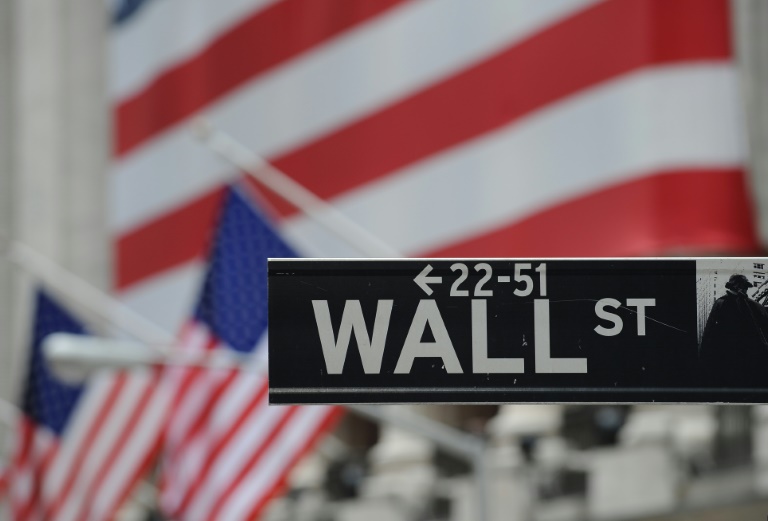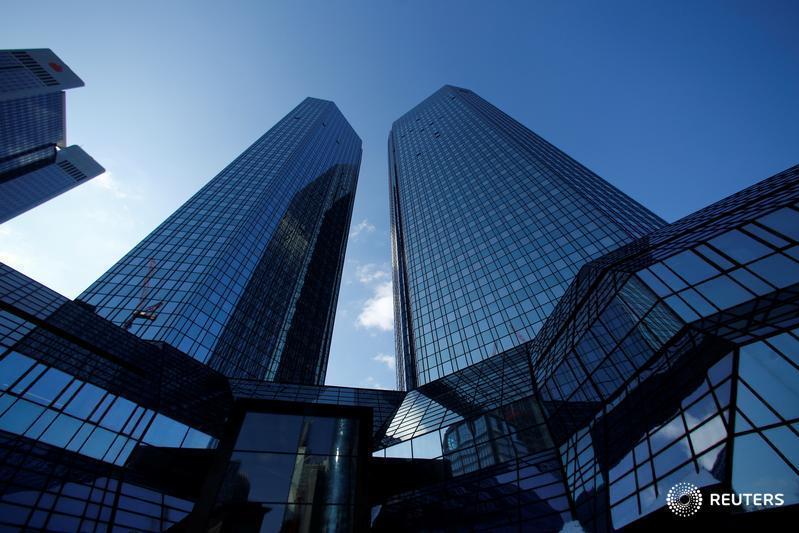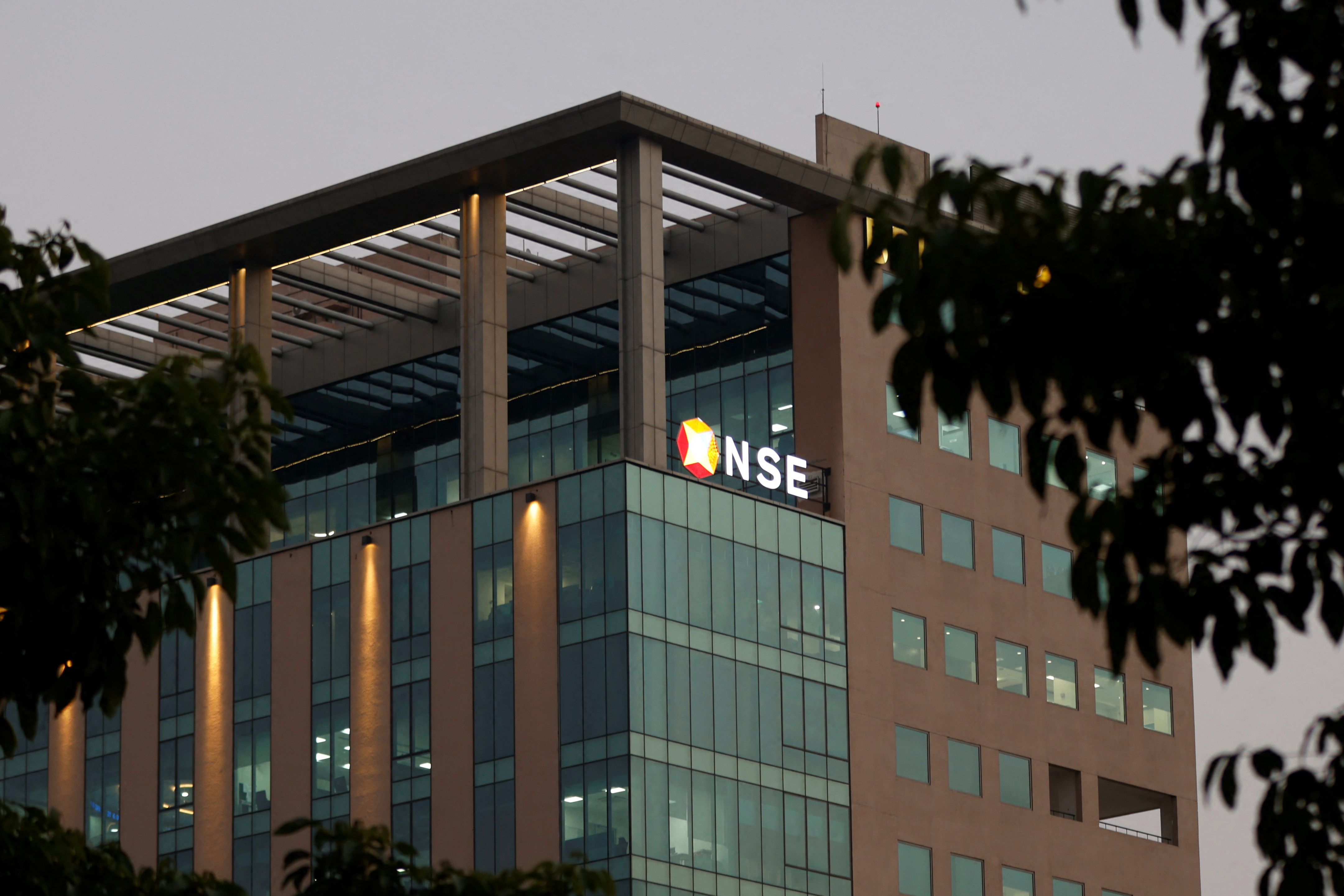Financial Patterns: From Consumer Spending to Stocks
Exploring the financial landscape, we delve into consumer spending trends in Saudi Arabia and stock market rallies in Seoul and the US.
Published May 23, 2024 - 00:05am

Image recovered from ibtimes.com
RIYADH: The Saudi economy witnessed a 6.9% dip in point-of-sale transactions in the third week of May, with a recorded expenditure of SR11.65 billion ($3.11 billion), as per the Saudi Central Bank (SAMA) data. The largest decline observed involved education spending, notably in a sector that has historically garnered substantial government investment. Conversely, the telecommunications sector trailed with a significant decrease in POS transaction value of 10.1%.
On a global scale, stock markets have shown signs of buoyancy, particularly in the United States and South Korea. The S&P 500 and the Nasdaq Composite Index reached historic heights, buoyed by corporate earnings and signs of easing inflation. Jack Ablin of Cresset Capital voiced caution regarding market valuation relative to bonds but acknowledged the positive momentum driven by moderating inflation data.
South Korean equities also traded higher, with the Korea Composite Stock Price Index experiencing gains on the back of U.S. rate cut expectations. Notable advancements were seen in tech giants such as Samsung Electronics and SK Hynix, indicative of broader investor optimism within Asian markets.
These patterns highlight a complex financial environment, where regional spending habits reflect economic challenges while global stock markets seem to revel in a period of growth, despite underlying concerns of being 'overbought' and potential adjustments in monetary policy.
The recent figures from SAMA, reflecting a contraction in point-of-sale transactions, point to a cautious consumer landscape in Saudi Arabia. This decline comes amidst broader economic reforms and the diversification efforts under Saudi Vision 2030. Amidst variability in the oil market, the Kingdom is seeking to strengthen non-oil sectors and boost consumer confidence, which will be crucial to weathering the fluctuations in retail spending. The decrease in education spending is particularly noteworthy given the government's strong focus on education sector development as a foundational pillar for its future growth strategy.
The juxtaposition of declining POS transactions in Saudi Arabia with surging stock markets in the United States and South Korea underscores a multi-faceted global economy. The S&P 500 and the Nasdaq's rise to new heights is part of a broader trend in equity markets that have been resilient in the face of myriad challenges. This resilience is, in part, attributed to the ample liquidity provided by central banks and the fiscal stimulus measures that aimed to bolster economies during the COVID-19 pandemic. However, there's a growing discourse among analysts who speculate about the timing and impact of tapering off such measures and the potential ripple effects on international stock markets.
Turning to South Korea, the rise in the Korea Composite Stock Price Index is a further indication of the intricate interconnectivity within global finance. South Korea's technological sector, as demonstrated by the performance of Samsung Electronics and SK Hynix, has not only fueled domestic market confidence but has also signaled the potential for increased trade and investment flows within the larger Asian economic zone. These developments are occurring in parallel with South Korea's efforts to enhance trade agreements and strengthen ties with neighboring economies to foster a more resilient regional economic structure.
In the context of macroeconomic indicators and consumer behavior, these trends suggest a pattern of selective consumer spending alongside concerted investment in technology and innovation-driven industries. Comparatively, markets are weighing the positive news of potential rate cuts in the U.S. with the scrutiny faced by other sectors, such as education and telecommunications in Saudi Arabia, which saw dips in transaction volumes. This reflects a delicate balance between consumer sentiment, government policy intervention, and investor outlook.
Regarding potential rate cuts in the U.S., Federal Reserve policies remain a focal point for global market observers. Anticipations of reduced interest rates point to a strategic pivot that aims to support economic expansion and potentially alleviate the cost of borrowing, which could kindle consumer and business expenditures. Nevertheless, the prospect of rate cuts also raises questions about the underlying health of the economy and whether such measures are needed to stave off a downturn.
To sum up, the dynamic financial landscape presents a dual narrative of regional challenges and global opportunities. While Saudi Arabia grapples with fluctuating consumer expenditures within its transformative economic agenda, the broader international economic community appears to be leveraging positive market sentiments to uphold momentum. This complex environment, characterized by both cautious consumer spending and bullish investment markets, will continue to require thoughtful consideration from policymakers, investors, and consumers alike.








